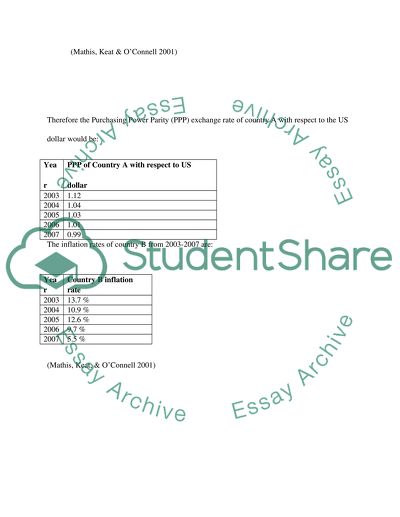Cite this document
(“Treasury, Foreign Exchange and Financilization Essay”, n.d.)
Treasury, Foreign Exchange and Financilization Essay. Retrieved from https://studentshare.org/finance-accounting/1431460-treasury-foreign-exchange-financilization
Treasury, Foreign Exchange and Financilization Essay. Retrieved from https://studentshare.org/finance-accounting/1431460-treasury-foreign-exchange-financilization
(Treasury, Foreign Exchange and Financilization Essay)
Treasury, Foreign Exchange and Financilization Essay. https://studentshare.org/finance-accounting/1431460-treasury-foreign-exchange-financilization.
Treasury, Foreign Exchange and Financilization Essay. https://studentshare.org/finance-accounting/1431460-treasury-foreign-exchange-financilization.
“Treasury, Foreign Exchange and Financilization Essay”, n.d. https://studentshare.org/finance-accounting/1431460-treasury-foreign-exchange-financilization.


